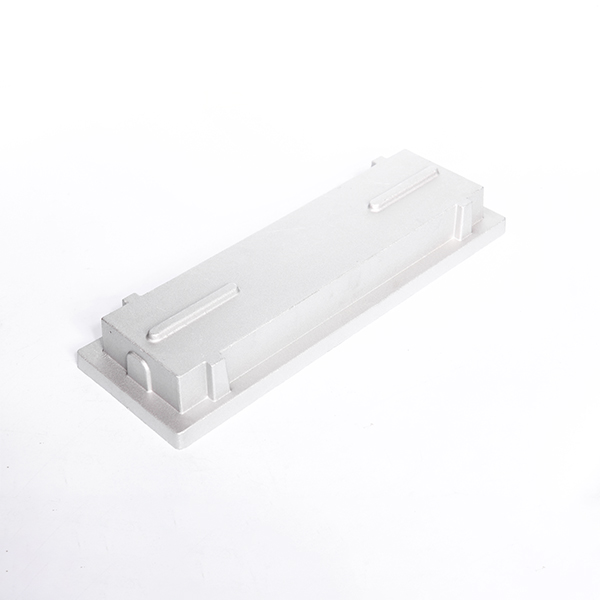Mobile:+86-311-808-126-83
Email:info@ydcastings.com
Features and Benefits of Domed Welded Pipe Caps for Secure Sealing Solutions
Understanding Domed Weld on Pipe Caps A Comprehensive Overview
In various industrial applications, particularly in the fields of piping and fluid transport, the need for reliable and efficient sealing solutions is paramount. Among these solutions, domed weld on pipe caps have emerged as a popular choice, providing both structural integrity and aesthetic appeal. This article delves into the significance, design, applications, and advantages of domed weld on pipe caps.
What are Domed Weld on Pipe Caps?
Domed weld on pipe caps are fittings used to cover the ends of pipes. Unlike standard flat caps, domed caps possess a rounded shape, which enhances their durability and strength. Typically made from materials such as carbon steel, stainless steel, and other alloys, these caps are welded onto the pipe ends to create a secure, leak-proof seal. The dome shape allows for even distribution of pressure, making them ideal for high-stress applications.
Design Features
The design of domed weld on pipe caps is not only functional but also includes several aesthetic considerations. The dome reduces the risk of stress concentration points compared to flat caps, which are more susceptible to cracking under pressure. Additionally, the curvature of the dome can facilitate smoother fluid flow, minimizing turbulence and resistance within the pipeline. This is particularly beneficial in systems where fluid dynamics play a crucial role in efficiency.
The caps are manufactured in various sizes and pressure ratings to fit different pipe dimensions and operational requirements. Common standards include ASME and ASTM, ensuring that the caps meet industry specifications for performance and safety.
Applications
Domed weld on pipe caps are used across numerous sectors, including
1. Oil and Gas In exploration and transport, these caps serve to seal pipes that carry oil and gas, preventing leaks and ensuring environmental safety. 2. Water Treatment They are employed in water treatment facilities to protect pipe ends, contributing to the overall integrity of the water distribution system.
3. Chemical Processing In chemical plants, these caps help in containing volatile substances and maintaining the integrity of the piping infrastructure under high pressure.
domed weld on pipe caps

Advantages
The use of domed weld on pipe caps offers several advantages
1. Enhanced Strength The dome structure provides superior strength, allowing it to withstand high internal pressures without failure.
2. Leak Prevention The weld-on feature ensures a tight seal, significantly reducing the risk of leaks compared to threaded or slip-on fittings.
3. Aesthetic Versatility The clean and smooth appearance of domed caps makes them suitable for aesthetic applications, such as architectural designs or visible piping installations.
4. Ease of Installation While welding requires skilled labor, the actual process of attaching the cap is relatively straightforward, resulting in effective sealing.
5. Longevity With proper material choice and maintenance, domed weld on pipe caps can offer a lengthy service life, minimizing replacement costs over time.
Conclusion
In conclusion, domed weld on pipe caps are essential components in various piping systems, serving multiple industries with their robust design and efficient sealing capabilities. Their unique shape not only enhances performance but also addresses aesthetic requirements in modern installations. As fluid dynamics and pressure optimization become increasingly critical in industrial applications, the role of domed weld on pipe caps is likely to grow, reinforcing their significance in engineering and construction projects worldwide. Understanding the function and advantages of these caps can aid professionals in selecting the right components for their piping systems, ensuring safety, efficiency, and reliability in operations.
-
Valve Body Acts as the “Heart” of Flow ControlNewsMay.19,2025
-
Understanding the Importance of ImpellersNewsMay.19,2025
-
Importance of Automobile Water PumpsNewsMay.19,2025
-
How an Engine Oil Pan Works to Keep Your Car LubricatedNewsMay.19,2025
-
Common Materials Used in Pump Impeller ManufacturingNewsMay.19,2025
-
Ball Valve Casting in Modern Pipeline SystemsNewsMay.19,2025











